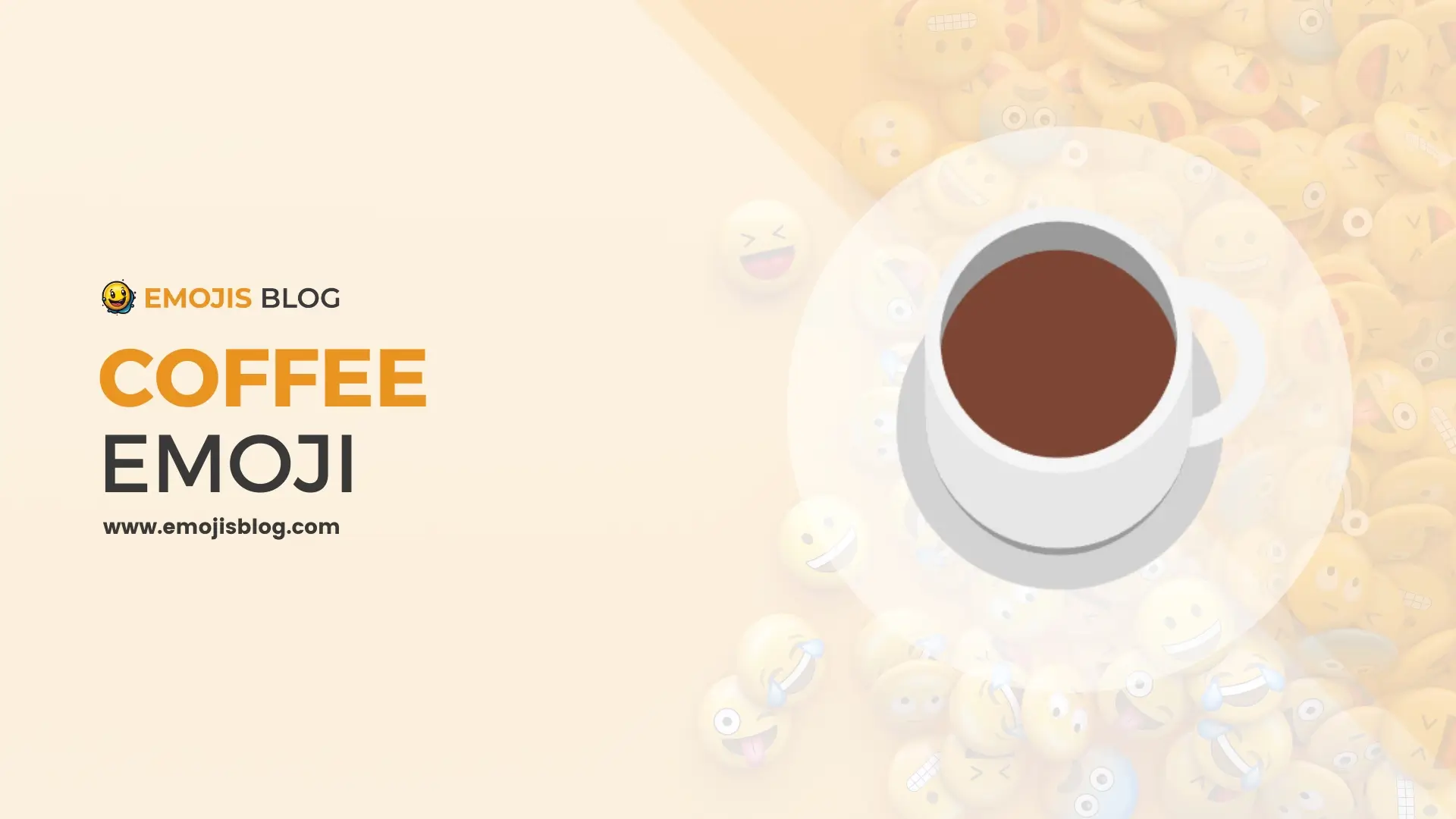What Does The Coffee Emoji Mean ☕
☕
What’s a Coffee Emoji?
The coffee emoji ☕, a universally recognized digital icon, primarily represents a steaming cup of coffee. Beyond its literal depiction of the popular beverage, it has evolved to symbolize a range of concepts, including a love for coffee, a break or pause in the day, an invitation for a casual meeting, or even a mood indicator suggesting the need for an energy boost or a moment of relaxation. Its widespread use across various digital platforms highlights its role not just as a symbol of the drink, but as a versatile tool for expressing emotions, actions, and social invitations in the realm of online communication.
Technical Information
| Attribute | Details |
|---|---|
| Emoji | ☕ |
| Unicode | U+2615 |
| Name | HOT BEVERAGE |
| Introduced In | Unicode 4.0 (2003) |
| Category | Food & Drink |
| Subcategory | Drink |
| Keywords | beverage, coffee, drink, hot, steaming, tea |
| Skin Tones | Not Applicable |
| Variants | None |
| Cross-Platform Design | Varies by platform (Apple, Google, Samsung, etc.) |
| Shortcode (Most Platforms) | :coffee: or :hot_beverage: |
Understanding the Coffee Emoji: A Deep Dive into Its Meaning and Usage ☕
In today’s digital age, emojis have become a universal language, transcending cultural and linguistic barriers. Among these, the coffee emoji ☕ holds a special place in the hearts of many. This article delves into the meaning, cultural significance, and varied uses of the coffee emoji.
The Origin of the Coffee Emoji
Historical Background
The coffee emoji first made its appearance in emoji sets around the early 2010s. It was part of the Unicode Standard, which is a universal character encoding system. The emoji was designed to represent a steaming cup of coffee.
Symbolic Representation
Originally, the emoji was intended to symbolize a simple cup of coffee. However, over time, its meaning has expanded to encompass a range of emotions and contexts.
Cultural Significance
Coffee in Society
Coffee, as a beverage, has a rich history and plays a significant role in various cultures worldwide. It’s often associated with social interaction, relaxation, and energy.
The Emoji in Digital Communication
In the realm of digital communication, the coffee emoji has transcended its literal meaning. It’s not just about the drink; it’s about the experience and emotions associated with coffee.
Interpretations and Uses
As a Symbol of Break or Relaxation
One of the most common uses of the coffee emoji is to represent a break or relaxation time. It’s often used in conversations to suggest taking a break or to indicate that someone is currently on a break.
Expression of Love for Coffee
For coffee enthusiasts, the emoji is a way to express their love for the beverage. It’s a symbol of their passion and often used in social media bios or posts about coffee.
Meeting Invitation
The emoji is frequently used to propose a casual meeting or catch-up over coffee. It’s a less formal invitation compared to traditional methods.
Mood Indicator
Sometimes, the coffee emoji is used to indicate one’s mood or state, such as needing a caffeine boost or feeling cozy and content.
Variations Across Platforms
Design Differences
The appearance of the coffee emoji can vary significantly across different platforms. While the basic design remains a steaming cup, the style and color can differ from one platform to another.
Interpretation Across Cultures
The interpretation of the coffee emoji can also vary across cultures, depending on how coffee is perceived and consumed in different societies.
Conclusion
The coffee emoji ☕ is more than just a digital icon; it’s a symbol of culture, emotion, and social interaction. Its versatility in usage and interpretation makes it a beloved part of our digital vocabulary. Whether it’s to indicate a need for a caffeine fix, to express a love for coffee, or to propose a casual meet-up, the coffee emoji encapsulates a range of meanings that resonate with people globally. As our digital communication continues to evolve, so will the ways we use and understand emojis like the coffee cup, making them an integral part of our online interactions.

